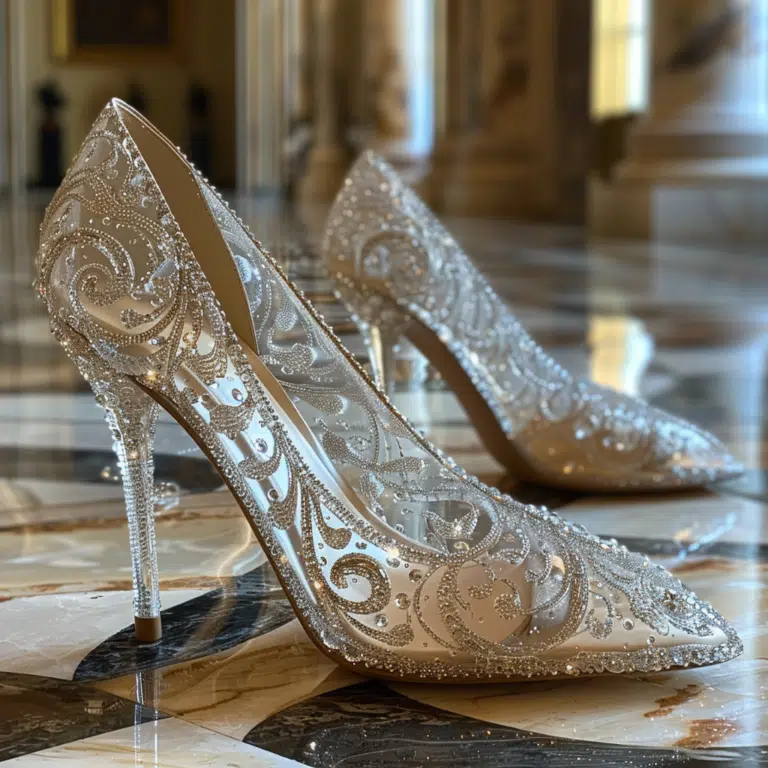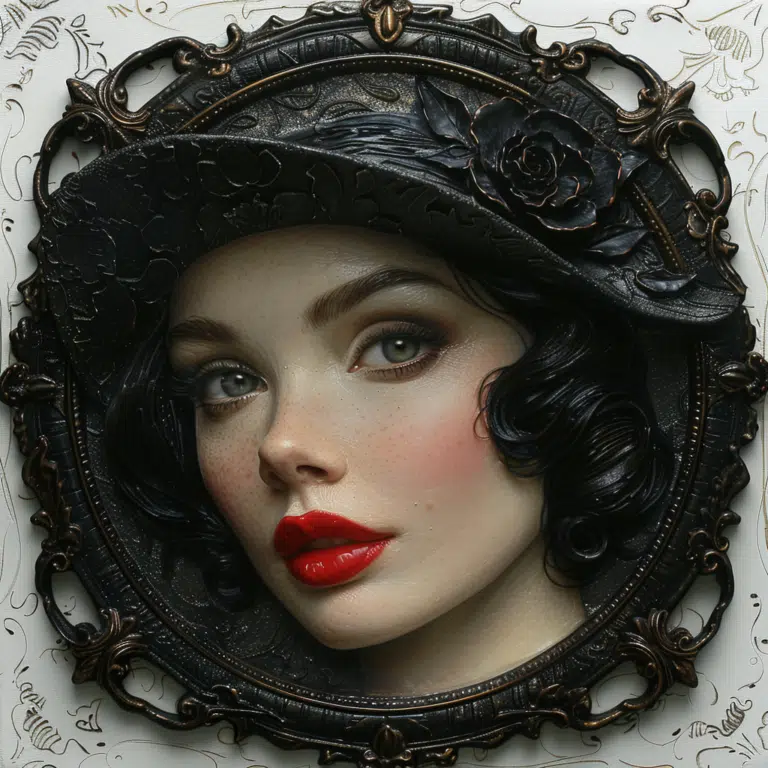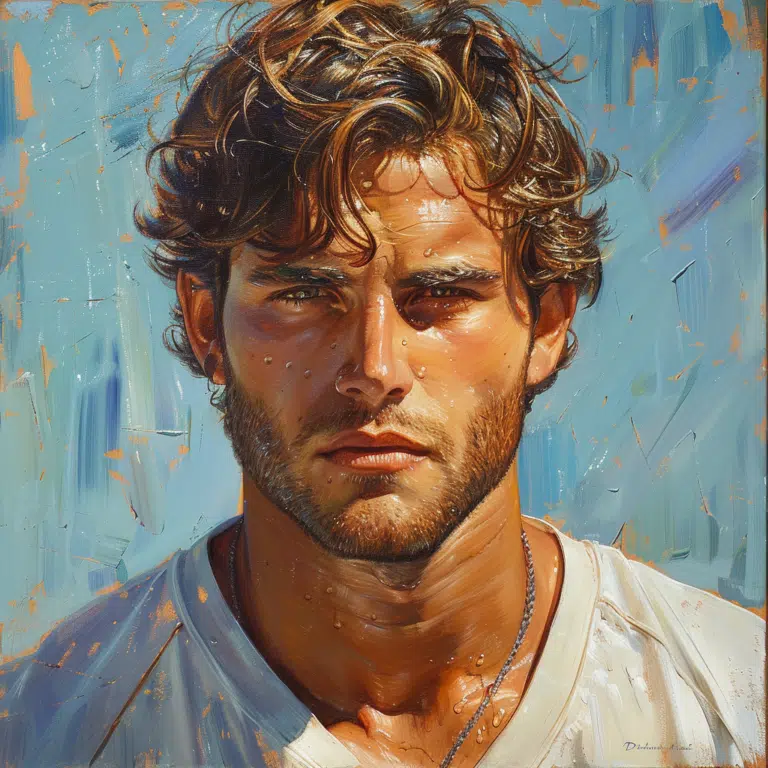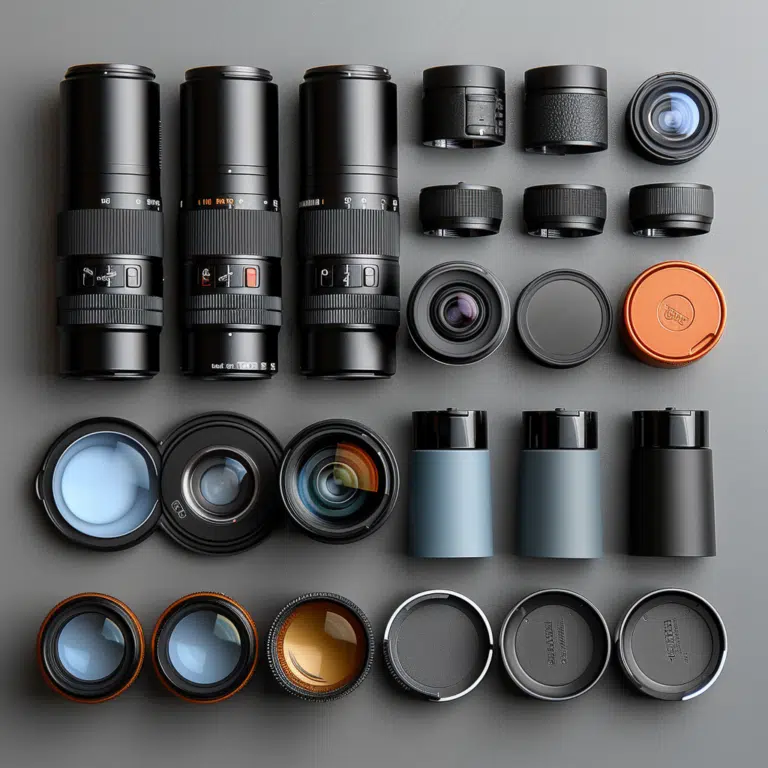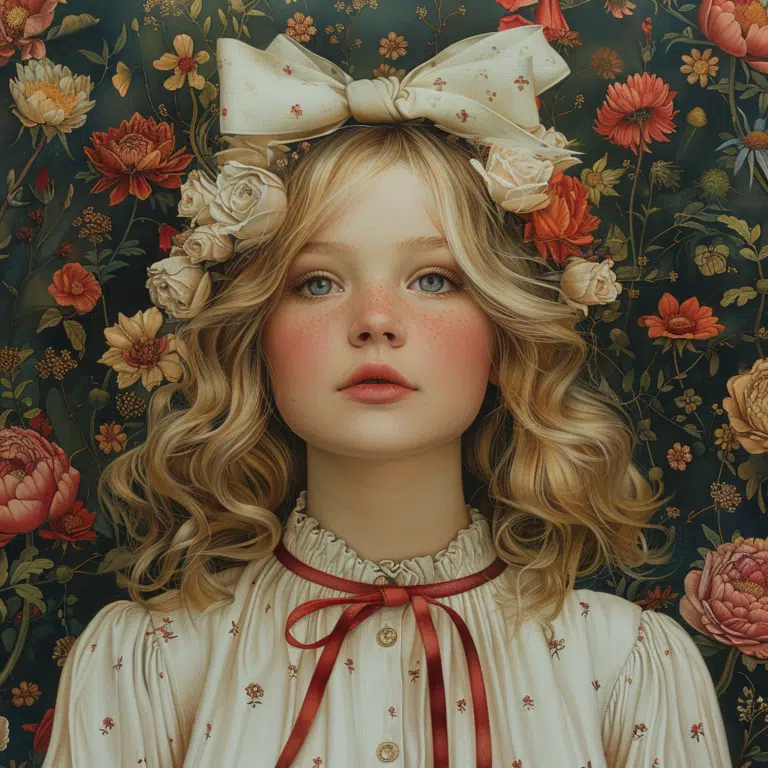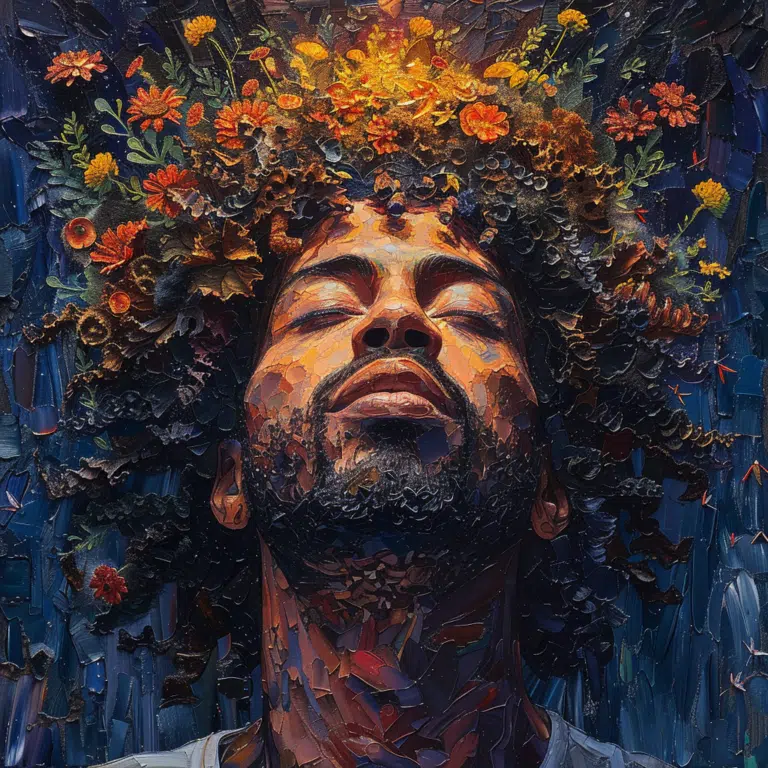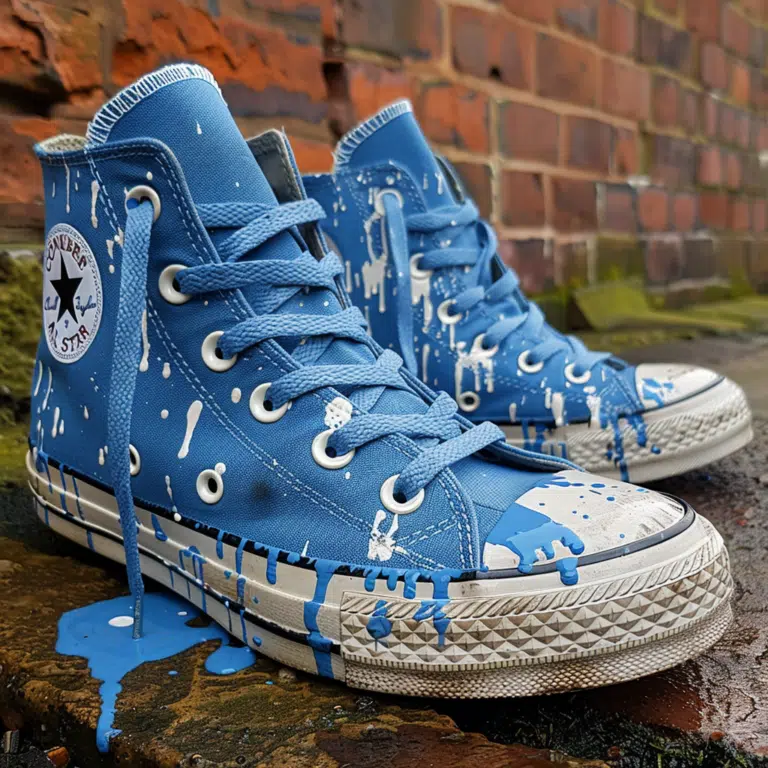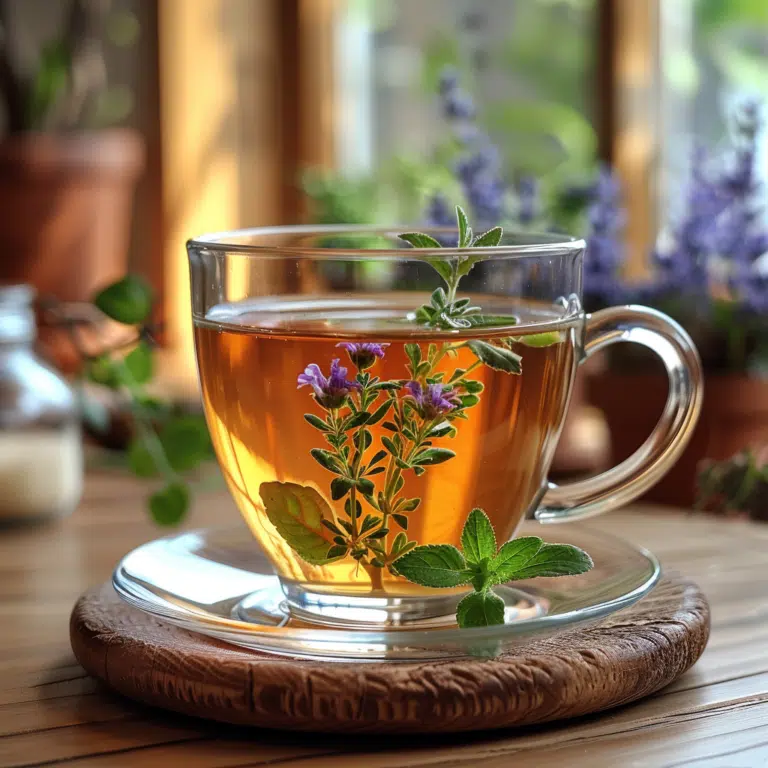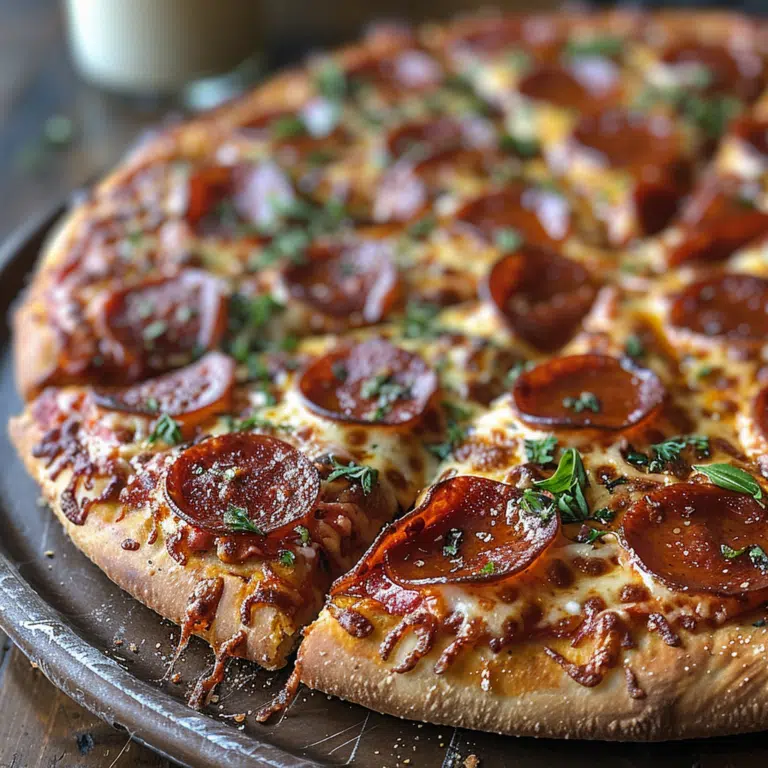In the grand tapestry of Hollywood, few threads are woven with the nuanced versatility of Diane Venora. The veteran actress, whose storied career sprouted in the rich soil of dramatic arts, has always been a captivating enigma both on and off the screen. Even as the lights of Tinseltown flickered with transient stars, Venora’s legacy endured, shimmering with the steadfast luminescence of her craft. Today, we delve deep into the life of Diane Venora—her triumphs and tribulations, her evolution as an artist, and her lasting imprint on the world of performance both on-screen and on-stage.
Diane Venora’s Storied Career in Hollywood
Born to craft characters with complexity and depth, Diane Venora kicked off her career with the vigor of a seasoned veteran. She honed her skills at the prestigious Juilliard School, where she rubbed shoulders with the likes of Robin Williams and Christopher Reeve. Her breakthrough role as Justine in Michael Mann’s crime saga “Heat” catapulted her into the limelight. Venora’s performance on the big screen stood out, painting the portrait of a woman wrestling with love and betrayal in high-stakes Los Angeles—a role indexed on IMDb as a testament to her talent.
Diane Venora’s filmography reads like a who’s who of genre-spanning masterpieces. From the Bloodsport cast to the supernatural thrills of “The Jackal,” Venora’s method acting approach left a distinct imprint. Hollywood could as easily cast her as a strong-willed heroine as it could a villain’s accomplice, her chameleonic versatility evident in every role.
Venora’s process, steeped in the method tradition, brought an unrivaled authenticity to her characters. This intensity not only established her as a formidable talent but challenged the industry’s perception of female roles—beyond the mere adornments to their male counterparts. Venora delved into the psyches of her characters, emerging on the other side of production not just as an actress who played a role, but as the living embodiment of the part itself.
Venturing Beyond the Spotlight: Diane Venora’s Theatre Triumphs
With an appetite for roles that were meaty and real, Venora soon found herself drawn to the theater—a medium that demands a raw, unadulterated connection with the audience. The stage was her canvas, and each character a stroke of her brush, painting vivid images with every line delivered.
Her presence, akin to a magnetic force, drew in audiences and critics alike. Diane Venora’s theater credentials are as diverse as they are prestigious, with accolades including a Tony nomination for her gender-bending role as Hamlet, which solidified her status as a theatrical powerhouse. Her transformative abilities allowed her to vanish into roles, winning her awards and standing ovations from Broadway to regional theater.
But what set Venora apart was more than just her technical skill—it was her ability to capture the spirit of a role, to breathe life into words, making each performance an act of creation. The walls of a theater could hardly contain the intensity she brought to her characters, her craft shaping experiences that lingered long after the curtain fell.
| Category | Information |
|---|---|
| Full Name | Diane Venora |
| Date of Birth | August 10, 1952 |
| Place of Birth | Hartford, Connecticut, USA |
| Education | Graduate of Juilliard School’s Drama Division |
| Marital Status | Divorced from Andrzej Bartkowiak |
| Children | Madaket Bartkowiak |
| Professional Background | – Stage and screen actress known for a mix of film, television, and theater roles. – Early noted performances such as in Shakespeare’s “Hamlet” which earned her critical acclaim. |
| Significant Movies | – The Cotton Club (1984) – Bird (1988) – Heat (1995) – As Justine (IMDb credit) – The Jackal (1997) |
| Television Roles | – Thunder Alley – Chicago Hope – F/X: The Series |
| Awards | – Nominated for a Golden Globe Award for Best Supporting Actress for her role in “Bird” (1988) |
| Career Hiatus | Took a break from show business when her daughter Madzia was 8 years old to spend more time with her. |
| Comeback | Returned to acting after the hiatus. Film roles post-comeback include “The Insider” (1999) and “All Good Things” (2010). |
| Personal Challenges | The career hiatus impacted her visibility in the entertainment industry, but prioritized her role as a mother over her acting career. |
| Current Residence | New York (after divorce, she lived in New York with her daughter, traveling often for work). |
| Notable Collaborators | Worked with directors and actors such as Clint Eastwood in “Bird,” Michael Mann in “Heat,” and performed on stage in productions directed by Joseph Papp. |
| Known For | Often noted for her strong and complex character portrayals and for bringing intensity and depth to her roles, especially in dramas and thrillers. |
| Fun Fact | She portrayed Shakespeare’s “Hamlet” both on Broadway and at Joseph Papp’s New York Shakespeare Festival, earning a reputation for her ability to tackle demanding and diverse roles often associated with male actors. |
Personal Endeavors: The Life Diane Venora Built Off-Camera
Beyond the stage lights and camera’s glare, the life Diana Venora built was one’s personal fulfillment and purpose. Balancing motherhood and career, she chose to step back from the show’s business when her daughter Madaket was just eight years old, prioritizing family over fame. Married to renowned cinematographer Andrzej Bartkowiak, their union may not have been eternal, but from it bloomed the richness of life’s most demanding role—parenting.
Living in New York and often traveling for work, Venora kept her interests and advocacies close to her heart. Adorning her off-camera life like flat back Earrings, these pursuits reflected her multifaceted nature. Her personal choices not only offered her a world outside of scripts and sets but the well-roundedness she brought back to her performances, adding layers to her artistry.
Diane Venora’s Contribution to Female Representation in Film
In the pantheon of actors who’ve advanced the portrayal of women in film, Diane Venora’s name resounds with authority. Her characters were far from cookie-cutter—they were imbued with the complexities and grit of real women, breaking molds and challenging norms.
Venora embraced roles that demanded strength, vulnerability, and the full spectrum of human emotion, offering a blueprint for the portrayal of layered, realistic female characters. Her influence is felt by those who follow in her wake, her performances a compassionate funeral home, granting deeper, stronger characters life in their stead.
The impact of Venora’s roles on Hollywood’s depiction of women cannot be overstated—she rose like a phoenix, crafting an oeuvre that stands testament to the power of skillful, nuanced acting to drive change in an industry often resistant to such.
Creative Hiatuses and Diane Venora’s Artistic Choices
Even the brightest stars occasionally recede from the firmament to rediscover their glow. For Diane Venora, her creative hiatuses were as much a part of her artistic journey as her spellbinding performances. These pauses served not just as breathers but as a recalibration of her artistic compass, allowing her to return to the craft rejuvenated and with new perspectives.
The effects of these hiatuses on Venora’s career are like vice Grips—a firm hold, not to constrain but to strengthen her resolve and dedication to her craft. These breaks showcased her commitment to authenticity and signaled her unwillingness to compromise on the quality of her work for mere exposure.
The Evolution of Diane Venora’s Acting: From Film Noir to Modern Cinema
Tracing the arc of Venora’s career is like following a riveting plotline with twists, turns, and revelations. She transitioned seamlessly from the shadow-laden corridors of film noir to the expansive universe of modern cinema. Her ability to adapt and evolve with the times not only displays her talent but her relevance in an industry that is ever-changing.
This adaptability is evident as one examines the breadth of her performances, each genre becoming a new play stage, every era an opportunity to reinvent herself. Like a door hinge open, Venora opened new chapters in her career with grace and grit, preserving the essence of her craft while adapting to the demands of new contexts and audiences.
Diane Venora and Philanthropy: Making a Difference Beyond the Screen
While Venora’s on-screen presence is undeniable, her off-screen endeavors reveal a heart tuned to the higher frequency of giving. The actress channeled her celebrity status into philanthropy, turning the spotlight towards social causes dear to her.
Venora’s forays into charitable work are a testament to her belief in the transformative power of engagement. Her commitment reminds us that beyond accolades and achievements, true fulfillment springs from service. From supporting arts education to championing environmental issues, Venora’s philanthropy is a compassionate echo of her stage whispers, inspiring change in the communities she touches.
Mentorship and Legacy: Diane Venora’s Impact on the Next Generation of Actors
To the fledgling actors taking their first steps into the world of drama and performance, Diane Venora has been a beacon and a mentor. Her willingness to share insights and her genuine desire to elevate others’ talents are feathers in her cap—vestiges of her commitment to an art form she so deeply loves.
Young performers, emerging from the cocoon of training, often spoke of Venora’s mentorship in reverent tones. Her guidance was less about mastering the technicalities and more about embracing the soul of acting—the emotional pulse that underpins every great performance.
The Cultural Significance of Diane Venora’s Career Milestones
The chapters of Diane Venora’s career encapsulate more than individual success—they mirror broader cultural shifts and narratives. Her roles often intersected with pivotal moments in society, embodying the zeitgeist and enriching the cultural conversation.
From her arthouse beginnings to the blockbuster achievements, each performance offered a window into the changing landscape, making her portfolio of work a chronicle not just of an actress’s journey but of the very fabric of American culture itself.
Conclusion: Reflecting on Diane Venora’s Enduring Influence
In reflecting upon the tapestry that is Diane Venora’s career and personal journey, one can’t help but marvel at the intricate patterns she’s woven—patterns that go beyond the conventional and into the extraordinary.
Diane Venora’s life beyond “Heat” and home is a narrative of depth, metamorphosis, and a dedication that transcends the ephemeral nature of fame. As we synthesize her on-screen magic with her off-stage grace, her enduring influence on the entertainment industry and wider society comes into full view—a legacy etched not only in celluloid but in the hearts and memories of those who witnessed her art.
Trivia and Fascinating Tidbits on Diane Venora’s Life Beyond the Screen
Hold onto your hats, folks, because we’re about to dive into the lesser-known, sometimes quirky side of the incredibly talented Diane Venora, who famously starred in the classic film “Heat.”
From Stage to Screen, Diane’s Got the Chops
Okay, let’s kick things off with a bang! Did you know that Diane Venora is not just an on-screen wonder but also a theatrical maestro? Yep, before she was heating things up in Hollywood, she sharpened her acting skills on stage. In fact, for anyone out there who thinks that drama is as contagious as a Gayyyyyy meme, Diane’s theatrical performances are where her versatile acting chops truly shine.
“Armed” with Talent
But wait, there’s more! Diane Venora is not just a one-hit wonder — she’s got Amrs filled with acting prowess that just won’t quit. From Shakespeare to blockbusters, she’s conquered roles that most actors would only dream of. She’s one of those rare talents that can hop from genre to genre and never miss a beat.
The Untold Story of a Star’s Humble Beginnings
Alright, you might be thinking that stars like Diane Venora were probably born with a silver spoon in hand, ready to be served their big break on a diamond-encrusted platter. But hold your horses! Diane’s journey to success was more like sifting through Craigslist free stuff than walking down a red carpet. She comes from humble beginnings and has worked her tail off to get to where she is today — now that’s what you call the real McCoy!
More Than Meets the Eye
If you’re digging for gold in the land of ’90s police dramas, Diane Venora is the motherlode. But her life beyond “Heat” is more colorful than a Jackson Pollock splatter painting. Our gal Diane isn’t content with just delivering knockout performances; she’s always hunting for new creative peaks to scale.
So, there you have it, friends! There’s a whole other side to Diane Venora that’s just as fascinating as her on-screen escapades. Whether she’s strutting her stuff on the stage or serving up serious acting skills in front of the camera, Diane’s life beyond “Heat” is as vibrant and thrilling as the characters she brings to life.
What happened to Diane Venora?
What happened to Diane Venora?
Well, Diane Venora’s life has been quite the roller-coaster, huh? After tying the knot with the whiz cinematographer Andrzej Bartkowiak, known for his work on “Speed (1994),” their marriage eventually hit the skids and they divorced. Post-split, she was a New York gal, sharing her digs with her daughter Madaket, and yep, she was jet-setting often for her acting gigs. But here’s the kicker—when lil’ Madzia hit 8, Diane called it quits on showbiz, aiming to log some serious mom-daughter time.
Who is Justine in the movie Heat?
Who is Justine in the movie Heat?
Oh, Justine in “Heat” (1995)? She’s the tough-as-nails, yet deeply complex, wife of Lt. Vincent Hanna, played by the legendary Al Pacino. Diane Venora brought Justine to life, showing us a woman navigating the choppy waters of a troubled marriage to a man more married to his job than to her. Justine’s story paints a vivid picture of personal struggles amidst a high-stakes crime drama.
Is Diane Venora married?
Is Diane Venora married?
Not anymore! Diane Venora had her “I dos” with Andrzej Bartkowiak, you know, the eye behind the camera for “Speed (1994).” But, alas, they couldn’t stick the landing and ended up in Splitsville. Since then, she’s been flying solo, focusing on her mini-me, Madaket.
Why did Diane kidnap Chloe?
Why did Diane kidnap Chloe?
Hmm, seems like there’s been a wee mix-up. If we’re still on the topic of Diane Venora, there’s no nitty-gritty tale about her kidnaping anyone named Chloe. Could be you have her mixed up with a character from a film or a different Diane? Always good to double-check these scoops!
Did Trejo snitch in Heat?
Did Trejo snitch in Heat?
Oh boy, the drama in “Heat”! Trejo—played by Danny Trejo, no less—definitely found himself between a rock and a hard place. In the high-octane world of heists and betrayals, Trejo did indeed spill the beans, but only after some super heavy arm-twisting by the bad guys, who had his wife in their clutches. Talk about being between the devil and the deep blue sea!
What happened to Trejo’s wife in Heat?
What happened to Trejo’s wife in Heat?
It’s a grim piece of the “Heat” puzzle, but Trejo’s wife, well, she met a nasty fate. With Trejo backed into a corner after the bad dudes snatched her, he had no choice but to turn snitch. But even that tragic play couldn’t save her—she was killed by the very goons who used her to get to Trejo. That part of the movie was a real gut-punch, wasn’t it?
How old was Pacino in Heat?
How old was Pacino in Heat?
Ah, Al Pacino, the man, the myth, the legend! When he stormed onto the screen in “Heat” as the relentless Lt. Vincent Hanna, he was in his mid-fifties—54 to be exact. Yet, he brought that fire and intensity we’ve all come to love him for, age just being a number on the call sheet for this powerhouse performer.
















